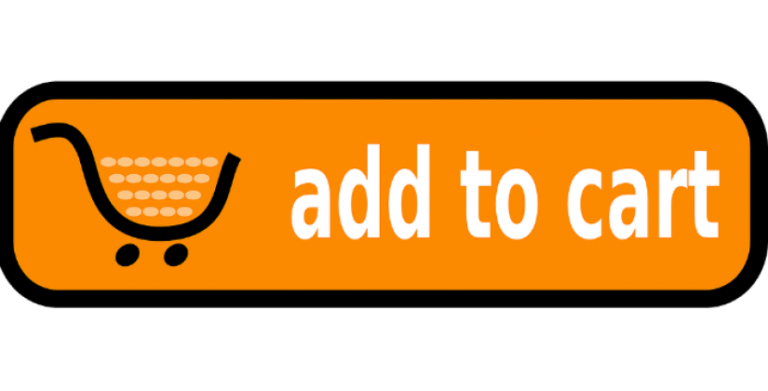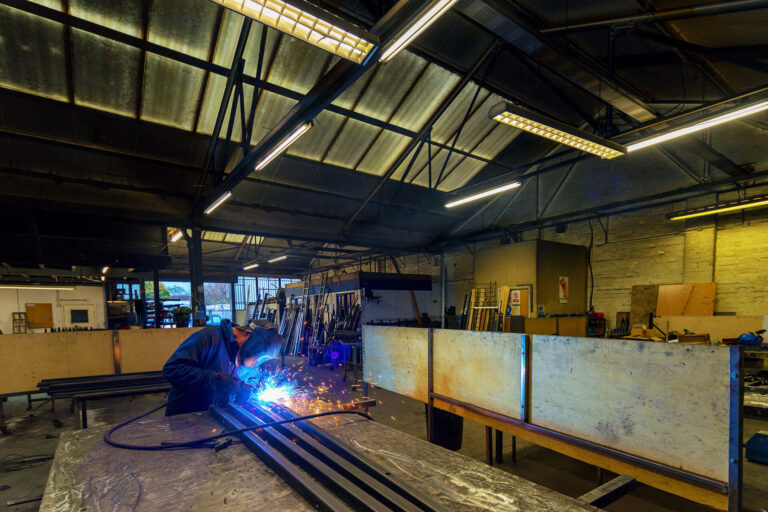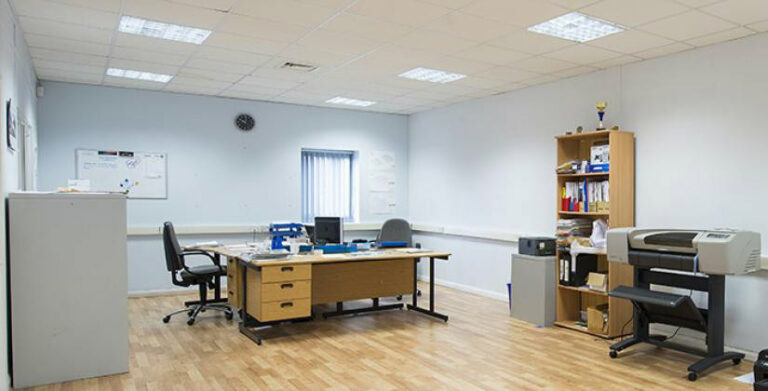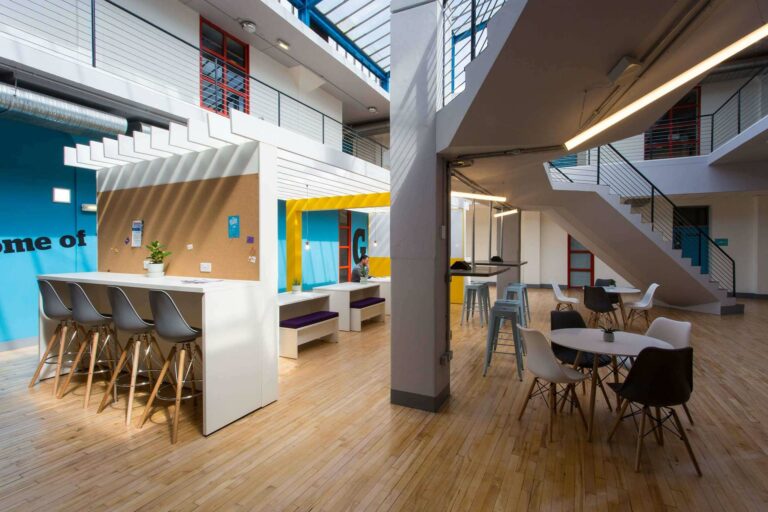Has technology made customers more impatient?
Research suggests that technology is making us more impatient, so how can you make sure your business meets customers’ expectations?
Is technology, particularly the internet, to blame for us becoming more impatient? We live in a culture of instant gratification; if you don’t know the answer to something, you can look it up quickly at the touch of the button or at a voice command. If you want to watch a video, you can download it. If you’ve forgotten to buy a relative’s birthday present, you can search online, buy it and have it delivered on the same or next day.
As timescales have reduced, our expectations have risen. People no longer find it acceptable to wait for a response to a query or for something they’re buying. This post discusses why consumers are now more impatient and how to make sure your business doesn’t lose out by keeping customers waiting.

Waiting times: how long is acceptable?
Interparcel.com, an online parcel broker surveyed 2,000 people and found that patience levels are falling compared to a generation ago. We’re becoming less tolerant, with one third agreeing that they had ‘no patience’ generally and one in two admitting to becoming less patient in the last five years. Three quarters of respondents blamed the internet for making them more demanding.
The study found the following average patience times:
- Waiting for a pay rise: no more than 21 months
- Waiting for a web page to load: under 10 seconds
- Waiting for a parcel to arrive: four and a half days
- Sitting in traffic before becoming angry: 13 minutes
- Being kept on hold on the phone: eight minutes
Perhaps unsurprisingly, bosses come in third as being the people most likely to test people’s patience, behind family and partners, while interestingly, more men describe themselves as very patient compared to women.
A spokesman for the firm said “The results provide a revealing insight into how long our patience lasts and when it really gets tested. It’s interesting to see the limits in the various scenarios and how strong British patience really is and we live in an age where things move fast.”
Supporting this study is research by customer service specialists KANA software, which suggests that social media and digital services have transformed consumer tolerance levels. Consumers will no longer wait for several working days for a response, with expectations shrinking to minutes or hours and ‘working days’ becoming an outdated concept.
- One fifth of social media users will check for a response at least once an hour.
- 18-24 year olds check their devices every 9 minutes and 50 seconds on average, compared to every 21 minutes for 35-44 year olds and 36 minutes for the 45-54 age bracket.
Fast, efficient service across multiple channels
Many larger businesses have responded to the ‘I want it now’ culture, for example by introducing fast lanes and self-service checkouts to give customers more sense of control. While these solutions may not be relevant or possible for smaller businesses, there’s still plenty you can do to match your customers’ expectations; whether it’s responding to a sales call or ensuring your customer receives their product.
- Make sure you have a website for your business and that it loads quickly and that customers can find what they want easily. Selling your products online can be more convenient for your visitors than having to visit a store or speak to someone. It can also dramatically increase your sales. If your business is more service orientated, consider self-service resources to place orders or help customers with questions.
- Respond to queries and questions as fast as possible. You should have target response times, which may vary depending on the medium – see our blog on customer response times.
- Offer multiple methods to get in touch. A telephone number and email are considered still standard customer touch points, but this is also rapidly becoming the case with social media channels like Facebook and Twitter. If you have social media accounts for your business, make sure you set up automatic notifications so that you don’t have to rely on remembering to check them manually. Online chat options are also worth considering as long as you or a member of staff is able to monitor this. For example, in 2014, we had over 1,600 enquiries through our live chat system. You could also consider options such as texting.
- Set realistic expectations. If your business involves creating bespoke products, your customers will understand that they can’t receive their item immediately. However, if your business has an ecommerce website, chances are customers will expect to receive their goods within a few days. Offering options for delivery is a good way to cater for both those who are willing to pay for fast delivery and those who are more willing to wait.
Author:
BizSpace
BizSpace is the UK’s leading provider of regional flexible workspace. For over 20 years we have been offering office, studio and workshop units to a wide range of businesses in convenient regional locations across the country. We are owned by Sirius Real Estate, a commercial property operator, that is supporting us on a journey to significant growth.
More BizSpace News

Blog
Finding a Small Industrial Unit or Workshop to Rent
Let’s be honest with each other, finding a ‘perfectly sized’ industrial unit for your business isn’t exactly fun. It’s time-consuming,…
Find out more
Blog
Designing your ideal office: 8 top tips
Focus on comfort and practicality when designing your office space, considering layout, light, furniture, clutter and accessories.
Find out more
Blog
What is a Satellite Office?
Businesses are now finally able to return to some sense of normality in our post-COVID society. There has been plenty…
Find out more